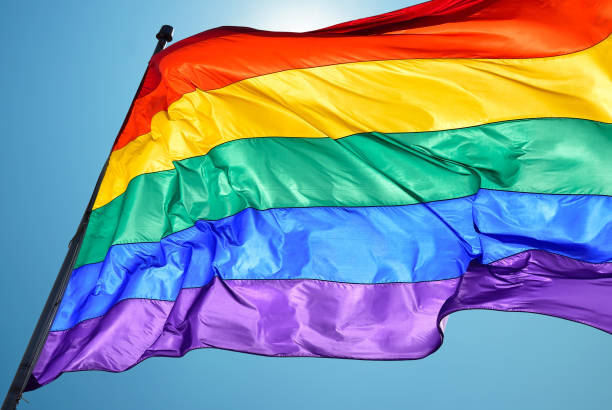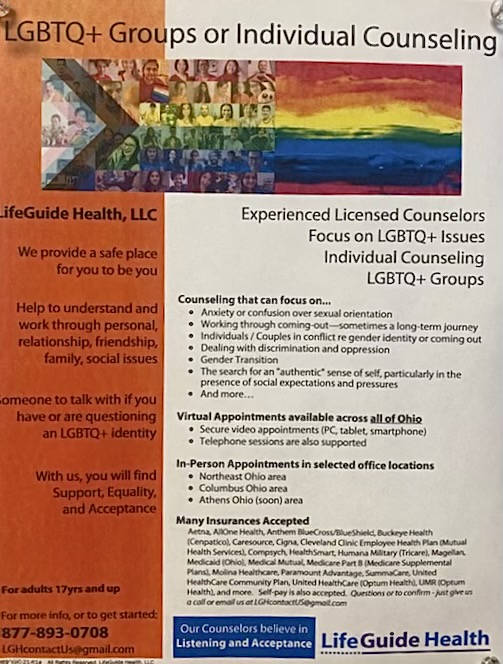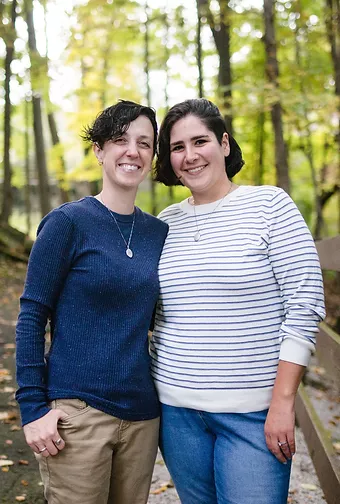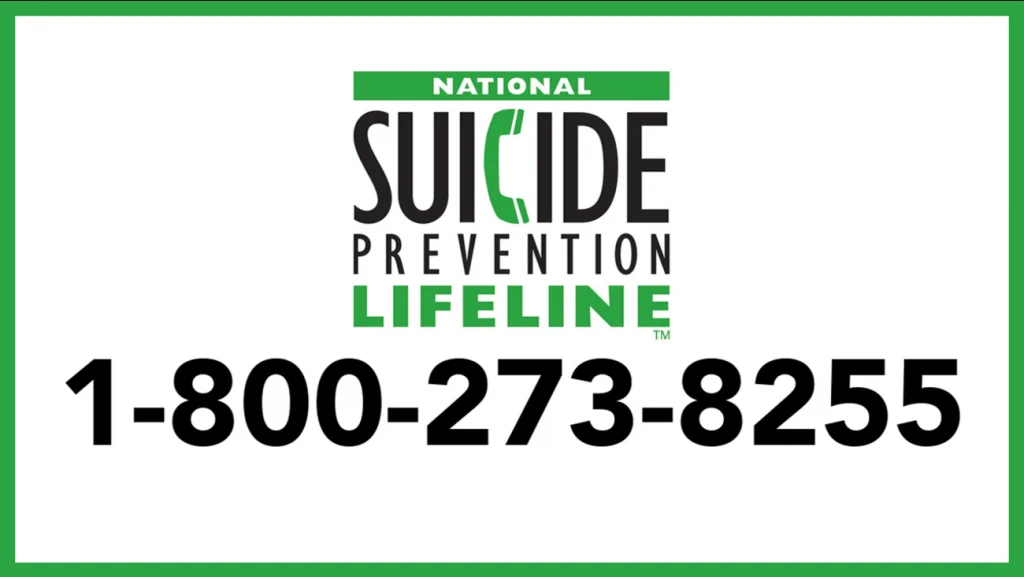
Suicidal tendencies are more common among those who identify as LGBTQ+ and psychologists discuss why
Suicidality within the LGBTQ+ community is more common compared to suicidality of heterosexual individuals. Individuals who identify as LGBTQ+ are more at risk to self-harm, have a mental illness or have heightened suicide attempts because of their identity.
“You don’t have to be trained in mental health or be a part of the community, but just showing support and making a safe space for the LGBTQ+ community to feel valid is big,” Kristen Pepera, executive director of Colors+ counseling services said. Melissa Stock, a graduate assistant at Cleveland State Universities LGBTQ+ Center, said it’s important to acknowledge those who identify within the LGBTQ+ community.
“I think a lot of it comes down to affirming experiences. When people feel affirmed and listened to, they’re more likely to reach out and speak to someone if they are feeling that way,” Stock said.
Suicidality rates have increased among LGBTQ+ identifying individuals in recent years. A 2021 suicidality article, “Suicidality Among Sexual Minority Adults: Gender, Age, and Race/Ethnicity Differences,” supported this.
A national sample survey titled The National Survey of Drug Use and Health was given to roughly 14,000 individuals who identify as LGBTQ+ to discuss suicidality rates. The survey interviews were conducted through computer-assisted technology. A cash incentive was given to those who participated.
Suicidal thoughts, plans and attempts were heightened among those in the LGBTQ+ community compared to those who identified themselves as heterosexuals over a 12-month timeframe. The survey showed that LGBTQ+ suicide attempts were 6.4% higher compared to the 0.5% heterosexual attempts.
Gina Zazzara, a licensed social worker and therapist at Lifeguide Health counseling, said she has seen an increase in the number of LGBTQ+ clients in the past few years as well as those who self-harm or have suicidal thoughts.
“I would say the vast majority of my clients have some sort of mental health issue going on. We’re talking primarily about depression, anxiety, OCD, some sort of past trauma or substance abuse. There are usually a lot of self-harming behaviors,” Zazzara said.
Colors+ counseling has seen a significant increase of LGBTQ+ clients seeking help recently. Before the pandemic, there were three workers, but that number has risen to 11, Pepera said. This is the first time Colors+ has had a waitlist of 50 to 60 people, thus showing the need for more LGBTQ+ resources today.
Pepera also discussed the need for more resources among minority groups and groups discriminated against.
“It’s a correlation rather than a causation. If you’re a part of the LGBTQ+ community, there’s a higher risk of discrimination. I think also if you have additional intersections in terms of minority sections, it’s going to be a bigger target on your back for discrimination and violence,” Pepera said.
The survey focused on intersectionalities and different demographic groups of those who identify within the LGBTQ+ community. Age, ethnicity, race and sex were reported. The survey also included sociodemographic controls like education, employment, household income, health insurance, children and urbanicity.
The study showed that LGBTQ+ adults are more likely than their heterosexual counterparts to have had suicidal thoughts, plans, and attempts. When adjusting for demographics and minority groups, LGBTQ+ had 3- to 6-times greater risk than heterosexual adults.
All three mental health or LGBTQ+ experts spoken to said changes needed to occur for LGBTQ+ identifying suicidal tendencies and attempts lower in number.
The topic of legislation was something all three experts discussed. Legislation has challenged the rights of the LGBTQ+ community for many years, but more recently proposed laws have tried to limit transgender and nonbinary youth rights in 2022.
“When I think about laws passed in Florida and Texas lately recently, those do nothing but put LGBTQ+ at more risk of suicide and self-harm. It tries to push them back into the closet which does not help. Things going on in Ohio as well currently. A few different house bills concerning what they can teach in schools, gender-affirming practices and more. I think there’s a lack of understanding of what the results of this are going to be. Legislation says, ‘if I pass this law the gays will go away,’ which is not going to happen, Stock said.
All three experts also said using correct pronouns and names of individuals is crucial for those within the LGBTQ+ community, even if they aren’t the pronouns and names that were assigned at birth.
“Pronouns are the top issue. We’ve had an increase in training because there are a lot of adults confused about identity or think they know better. The biggest thing we stress is that you don’t have to understand it to respect it and adults don’t know better,” Pepera said.
Resources are available for those who suffer from suicidal thoughts. The Suicide Prevention Lifeline or The Trevor Project at (866) 488-7386 are both resources aimed to provide crisis intervention or suicide prevention amongst those within the LGBTQ+ community.



